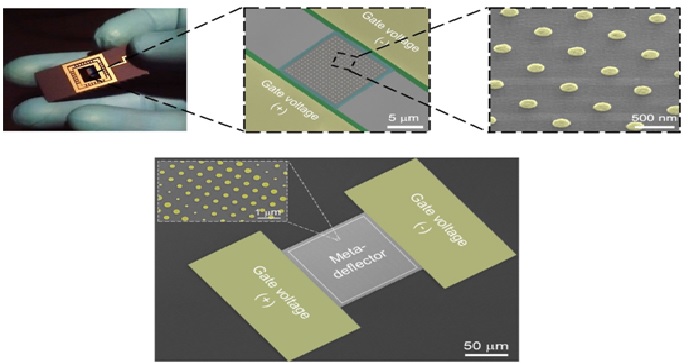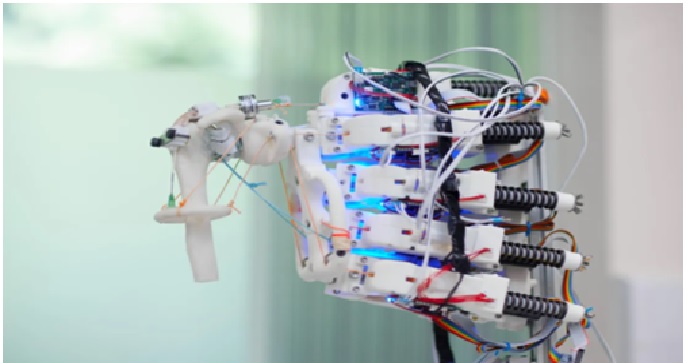Shaping the Future of Light Through Reconfigurable Metasurfaces
The technological advancement of optical lenses has long been a significant marker of human scientific achievement. Eyeglasses, telescopes, cameras, and microscopes have all literally and figuratively allowed us to see the world in a new light. Lenses are also a fundamental component of manufacturing nanoelectronics by the semiconductor industry. [1]

Figure 1. Shaping the future of light through reconfigurable meta surfaces
Figure 1 shows one of the most impressive advances in lens technology in recent history has been the development of photonic meta surfaces—artificially engineered nanoscale materials with remarkable optical properties. Georgia Tech researchers, at the forefront of this technology, recently demonstrated the world’s first electrically tunable photonic meta surface platform in a recent study published Connection with nature.
The pronounced tuning measures achieved through the new platform represent a critical advancement towards the development of miniaturized reconfigurable metasurfaces. The results of the study have shown a record eleven-fold change in the reflective properties, a large range of spectral tuning for operation, and much faster tuning speed. [2]
Heating up meta surfaces
Meta surfaces are a class of nanophotonic materials in which a large range of miniaturized elements are engineered to affect the transmission and reflection of light at different frequencies in a controlled way.
Since their inception, meta surfaces have been used to demonstrate that very thin optical devices can affect light propagation with metalenses (the formation of thin lenses) being the most developed application. [3]
Tunable Metasurfaces Mean for the Future
Driven by device miniaturization and system integration, as well as their ability to selectively reflect different colors of light, metasurfaces are rapidly replacing bulky optical assemblies of the past. Immediate impact on technologies like LiDAR systems for autonomous cars, imaging, spectroscopy, and sensing is expected.
With further development, more aggressive applications like computing, augmented reality, photonic chips for artificial intelligence, and biohazard detection can also be envisioned, according to Abdollahramezani and Adibi. [4]
References:
- https://phys.org/news/2022-05-future-reconfigurable-metasurfaces.html
- https://timetotimes.com/shaping-the-future-of-light-through-reconfigurable-metasurfaces/
- https://mixpoint.in/breaking-news/2022/05/shaping-the-future-of-light-through-reconfigurable-metasurfaces/
- https://www.sciencedaily.com/releases/2022/05/220516151501.htm
Cite this article:
Thanusri swetha J (2022), Shaping the Future of Light Through Reconfigurable Metasurfaces, AnaTechMaz, pp. 65















